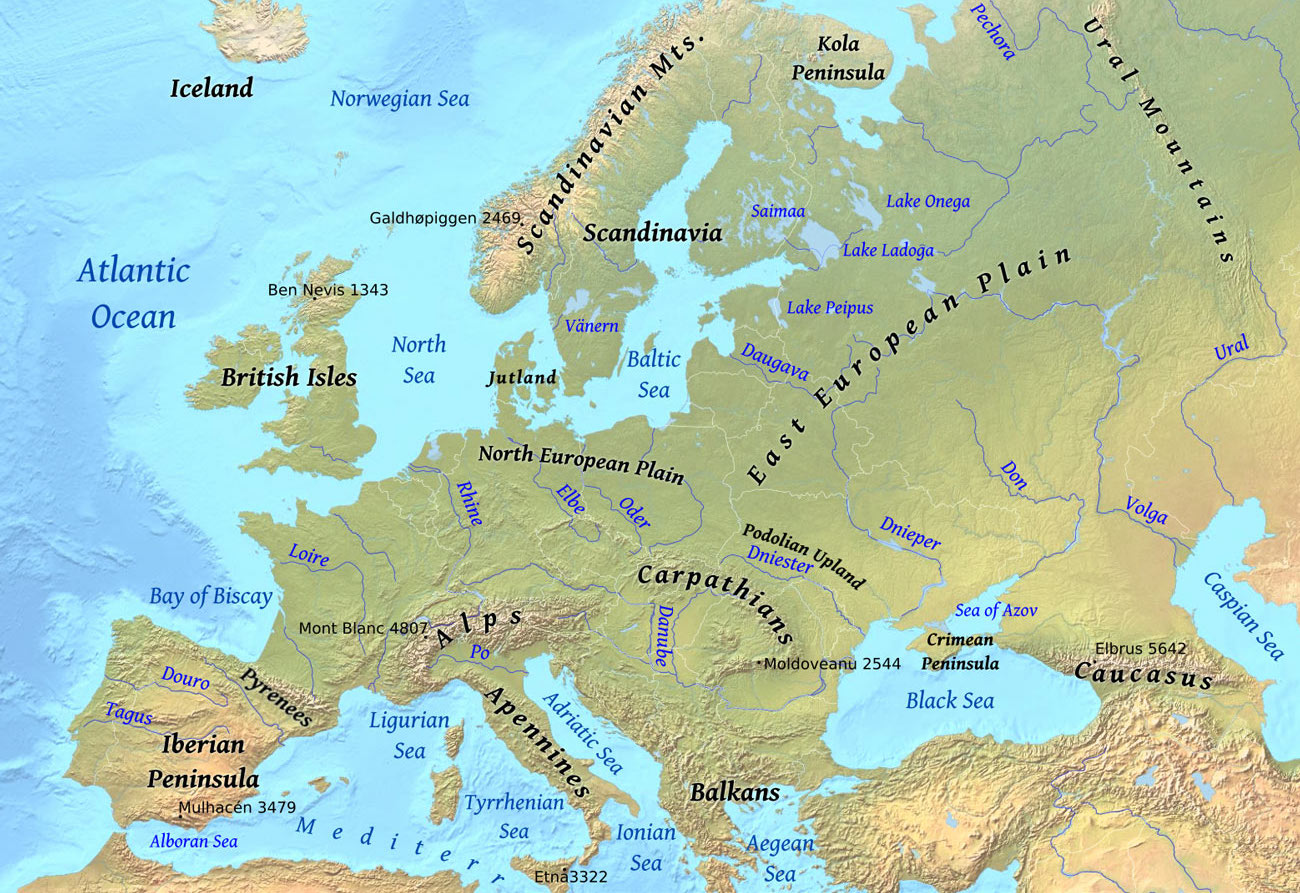Faced with mounting evidence that lockdowns did not substantially reduce COVID-19 deaths in most of the countries where they were implemented, lockdown proponents have fallen back on what Paul Yowell calls the “neighbour argument” – i.e., the argument that comparing Sweden to its neighbours shows that lockdowns really do work.
On May 10th, a tweet plotting cumulative COVID-19 deaths per million in Sweden, Norway and Finland – which referred to the “Nordic natural experiment” – garnered over 6,000 likes.
However, this argument isn’t convincing for a whole number of reasons, as I’ve outlined in two previous posts. For example: the other Nordics had a head start on Sweden; border controls – not lockdowns – made the difference in the first wave; and once you include the Baltics, Sweden no longer stands out.
However, suppose we just look at the mortality figures. Do they show that Sweden had an exceptionally bad year? Far from it. As I’ve noted before, the country saw age-adjusted excess mortality up to week 51 of just 1.7% – below the European average.
Now, it’s true that all three other Nordics saw negative excess mortality (of up to –5% in Norway’s case). Because mortality rates declined gradually from 2015 to 2019, no change from 2019 to 2020 yields a negative value for excess mortality. In addition, there may have been fewer flu deaths and car accidents, thanks to social distancing.
However, one reason why Sweden’s excess mortality figure isn’t lower is that the country saw particularly low mortality in 2019 (which brings down the average of the last five years). In that year, Sweden had the lowest mortality of all four Nordics – its rate was 4% lower even than Norway’s.
As several commentators have pointed out, this meant that there were more frail elderly people alive at the beginning of 2020 than there otherwise would have been. So even in the absence of a pandemic, you’d have expected to see a slight rise in mortality – owing to the “dry tinder” effect.
If we take the average of 2019 and 2020, then Sweden’s age-standardised mortality rate was 15.8 per 100,000, Denmark’s was 17.6, Finland’s was 16.4 and Norway’s was 15.5. In other words, Sweden’s was lower than both Denmark’s and Finland’s, and was only slightly higher than Norway’s.
Of course, the average of the last two years isn’t a measure of the impact of the pandemic (and other relevant events). For that, we can need to compute the excess mortality for 2019–20, by comparing the average mortality rate in those two years to the average over the preceding four years. When we do that, the numbers come out as follows: –3.3% in Sweden, –4.4% in Demark, –4.8% in Finland and –4.9% in Norway.
Although Sweden still saw the least favourable change (i.e., the smallest decline in mortality), the disparity with respect to its neighbours is much reduced.
This exercise is not meant to obscure the fact that Sweden saw a moderate rise in mortality last year, unlike the other Nordics. It’s simply meant to put that rise in mortality into perspective. After all, having a sense of perspective is very important when trying to evaluate the measures that were taken during the pandemic.












To join in with the discussion please make a donation to The Daily Sceptic.
Profanity and abuse will be removed and may lead to a permanent ban.